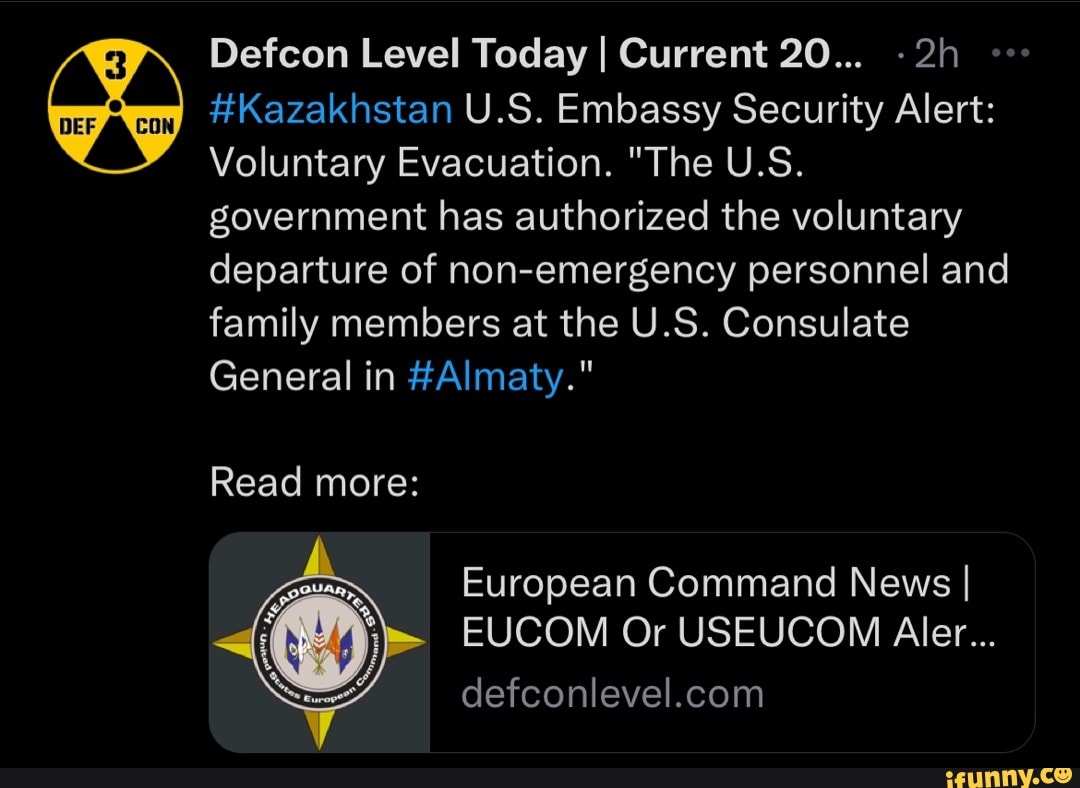
On August 18, 1976, NK forces slaughtered two US officers, CPT Bonifas and 1LT Barrett of the UNC, and wounded many other ROK and US personnel with axes while they were trimming a poplar tree within the JSA, Panmunjom. Normally, at this level, the authorities proclaim martial law and state of war. This is the highest level of readiness posture requiring preparations to execute the war plan.
DEFCON I COCKED PISTOL is a situation when there exists signs of major tactics and tactical hostile activity, and when war is imminent. At this level, mobilization order is issued, ammunitions are given out to individuals, and unit personnel are 100 percent supplemented. DEFCON II FAST PACE is a situation when there are signs that the enemy is strengthening readiness posture to launch an attack, or when military tensions have escalated, not to the utmost level but to a high level, and a strengthened readiness posture is required. When issued, all servicemembers are on alert, ready for action. DEFCON III ROUND HOUSE is a situation when there is a presence of tension that may cause serious and disadvantageous effects, or when there is the possibility of military intervention. This has been the actual status of the Korean Peninsula since the armistice in 1953.  DEFCON IV DOUBLE TAKE is a situation where military precaution is required owing to smallscale tension. DEFCON V FADE OUT is a peacetime situation without any military tension.
DEFCON IV DOUBLE TAKE is a situation where military precaution is required owing to smallscale tension. DEFCON V FADE OUT is a peacetime situation without any military tension. 
As the levels are raised, intelligence collection and the intelligence personnel are reinforced.ĭefense Readiness Condition( D E F C O N ) is issued to all units according to the analysis of “WATCHCON,” and is composed of 5 levels: The level goes up when agreed between the intelligence authorities of the ROK and US. ROK Armed Forces and USFK maintain WATCHCON IV in normal circumstances, but as the situation grows worse, the WATCHCON levels are escalated.
WATCHCON I is issued when there is clear and immediate threat that the enemy will initiate an attack. On April 5, 1996, when North Korea sent armed forces into the Panmunjom area, in an attempt to nullify the Armistice Agreement, WATCHCON had been escalated from III to II. WATCHCON II was issued in February 1982, when NK IL-28 bombers were forward deployed and Air Force exercises commenced in all regions of North Korea. When issued, a variety of surveillance and analysis activities are conducted using intelligence satellites, reconnaissance aircraft, electronic signals, etc. WATCHCON II is issued when there are signs of eminent danger and significant threat to the national interest. In October 1992, WATCHCON IV was escalated to III after NK cut off talks with the South and proclaimed state of quasi-wartime. When issued, duties of the intelligence personnel are strengthened and enemy situation/movements are closely monitored. 
WATCHCON III is issued when there is concern for an increased threat against the national security.WATCHCON IV is a normal situation with a potential threat, where continued surveillance is required.WATCHCON V is a normal situation without any unusual military movements.Watch Condition (WATCHCON), an intelligence surveillance posture in monitoring NK military activities, is composed of five levels.







 0 kommentar(er)
0 kommentar(er)
